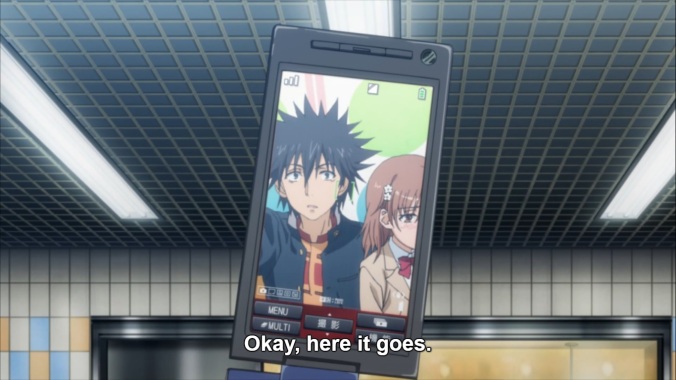Management: This essay is meant to be less of a review and more of analysis of the show being examined. It contains plot spoilers for the Flag anime. As a disclaimer, the article also contains some graphic depictions of real-life violence.

Many people have this habit of trying to understand complex conflicts and issues in neat and simplified terms. Their conclusions and solutions have a habit of being even more misguided, as though major conflagrations and crises were ever or could ever be wrapped up because of a singular event or factor. In 2015, a man by the name of Rodrigo Duterte was elected president of the Philippines. As one of his first exhortations from the bully pulpit, President Duterte called for the death of all those who contributed to the drug trade in his country, believing that their deaths would be beginning of the end for the Philippines’ problems. It was a promise he made on the campaign trail, and he was intent on honoring it. His administration would enact its own official motions to wage his ant-drug crusade. However, the foot soldiers of his war on drugs were vigilantes who felt they had their president’s blessing to shoot dealers and execute backers on their initiative. Dealers were shot dead. Some of their backers were executed too, including local politicians. Their more common victims, however, were suspected drug addicts, and on more than one occasion, innocent bystanders were caught in the crossfire.

Photographers for the news media snapped this photo of a grieving woman cradling her husband’s lifeless body. Her husband was rumored to be a drug pusher. Now he’s a casualty in Duterte’s drug war.

The news media quickly associated the above image with a sculpture by Renaissance master Michelangelo, La Pieta. At the point of his career when he started creating La Pieta, Michelangelo was able to sculpt the illusion of movement to give his subjects greater expressiveness. His talents, plus the Catholic commission, resulted in an exquisitely evocative work depicting the Mother of God cradling the corpse of her dead boy. Anyone with knowledge of Renaissance art or Roman Catholicism can appreciate the significance of the association. The postures and grief of both womanly figures are similar. The images are supposed to evoke compassion, or at least pity. The Filipino people are devout Roman Catholics, and the Catholic Church in the Philippines has disapproved of the violence as ungodly. With exposure from the news media, the Western community has called out the drug war as a violation of human rights. It’s a romantic notion to predict that this evocative image would be the beginning of the end of this reckless violence and hate. It’s 2018, however, and Duterte and his foot soldiers have only doubled down. Duterte retains popularity among Filipinos. Filipinos too believe that Duterte’s brutal crackdown will solve their country’s problems.
The Philippines is a pretty poor country overall. Even as one of the faster growing economies in recent years, the wealth generated from the country’s growth hasn’t been anywhere close to approach equal distributed among Filipinos. Many were, and are still, quite indigent. The mindset among Filipinos is that if they continued to support his drastic campaign to kill all the drug people, then perhaps the aftermath of his bloody violence will be enough to lift them out of desperate circumstances. They believe, hope, and pray that his actions can end the corruption plaguing governments at all levels and establish order in the cities and the villages, once and for all. In light of these sentiments, to hold to the simple notion that a photo, however symbolic and moving, would be enough on its own to end a war is a fool’s dream. It’s the people working behind the scenes of these photos that determine whether or not there will be peace. In Flag’s quest to end a civil war in the fictional Uddiyana, photo-journalist Saeko Shirasu learns that lesson first-hand.
Continue reading →












